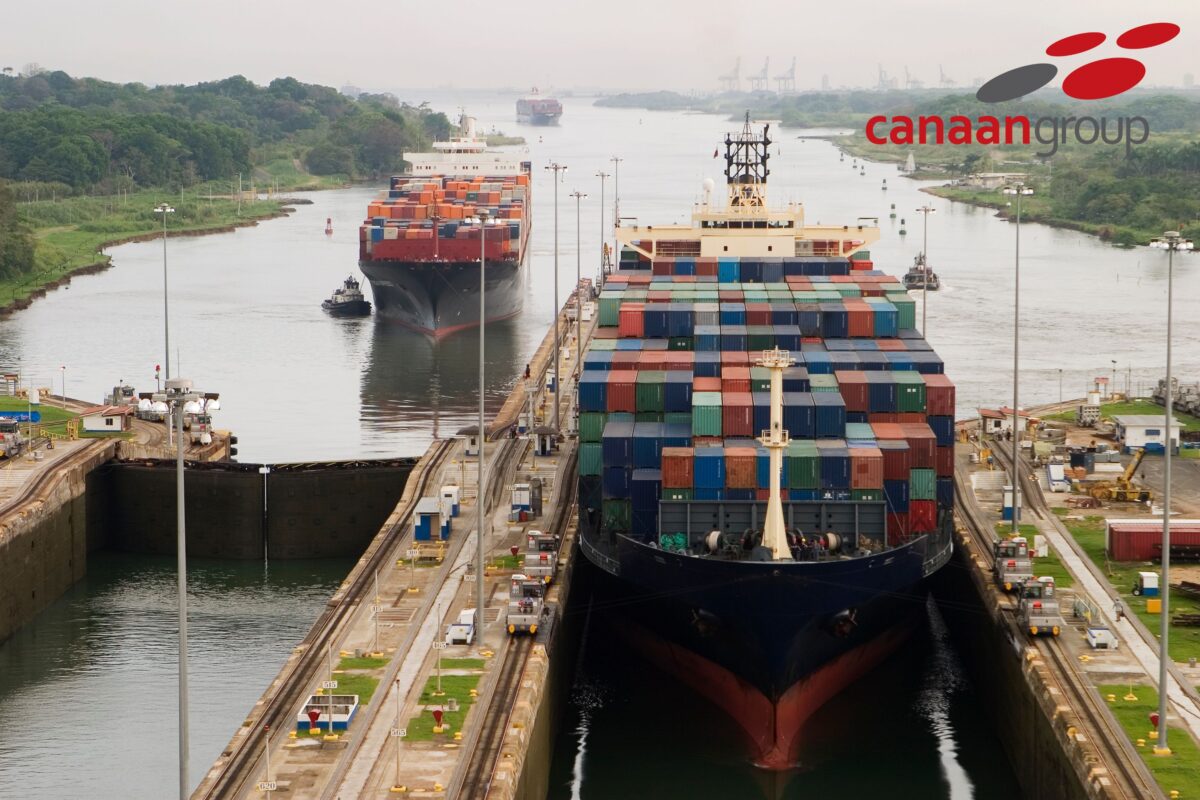The Panama Canal is on track to increase the number of vessels passing through, signaling potential relief for East Coast shipping lanes as the dry season nears its end. After enduring the driest October in over seven decades, the Panama Canal Authority (ACP) has begun to see improvements, thanks to recent rainfall replenishing Gatun Lake—the canal’s primary water source. This development has allowed the ACP to add three extra slots for Panamax vessels, raising the daily reservations to 27.
Currently operating at 60% of its 2022 transit levels, the canal has witnessed a resurgence in traffic, especially for product tankers and container ships, which are now nearing 90% of typical activity. Despite this progress, the ACP remains cautious, noting that future plans depend heavily on continued favorable weather, though there is optimism for a full recovery by 2025.
The canal’s operations have been severely affected by El Niño, which has caused significant water evaporation from Gatun Lake. This situation has not only impeded maritime traffic but also stressed Panama’s water supply, as Gatun Lake also serves as a critical drinking water source for nearly half of the country’s population. This dual necessity places the canal at the heart of national issues, particularly with the upcoming presidential election where candidates are prioritizing water accessibility.
In response to these challenges, the ACP has proposed a $2 billion initiative to enhance the canal’s capacity. This project involves constructing a dam on the Indio River and a tunnel to direct water to Gatun Lake, potentially increasing daily transits by 11 to 15 ships. However, this proposal has faced opposition from local communities concerned about environmental impacts.
As Panama’s wet season approaches, there is further cause for optimism. The U.S. Climate Prediction Center anticipates a swift conclusion to El Niño, with a 60% chance of La Niña developing by August. This shift would likely bring cooler temperatures and more rainfall, boosting canal operations and hastening recovery efforts.
As the canal resumes higher operational levels, East Coast ports like Savannah, which heavily rely on the canal for traffic, may soon see reduced delays and a return to regular shipping transits. This adjustment could significantly benefit the Port of Savannah, which has expanded in anticipation of increased throughput facilitated by the canal’s operations.


